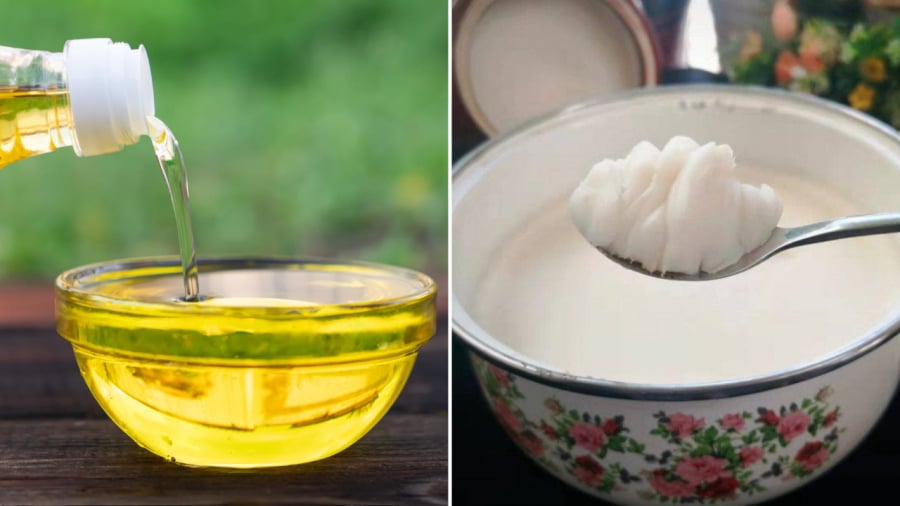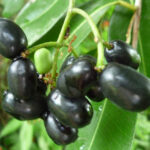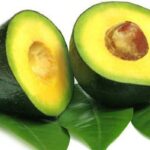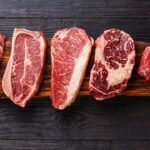Vegetable oil and lard are familiar cooking ingredients, commonly used in stir-fries and stir-fries, making food more fragrant and delicious.
Vegetable oil is high in fatty acids and rich in vitamins E and K, while being cholesterol-free. Meanwhile, lard provides a good amount of vitamins B and D, as well as minerals, aiding the body’s calcium absorption.
Both contain beneficial fats that are a major energy source for the body. A diet lacking in fat will hinder the absorption of other vitamins and nutrients that are soluble in oil/fat, especially in young children who are at risk of poor growth, poor appetite, and rickets.
Nowadays, many people believe that eating a lot of lard will make you fat and is not as healthy as vegetable oil. However, this is not entirely true.

Vegetable oil and lard each have their pros and cons. Using both products in a balanced way will bring health benefits and avoid their respective drawbacks.
Both vegetable oil and lard have their advantages and disadvantages. Lard contains substances that can contribute to the formation of nerve cell walls, something not found in vegetable oils. Vegetable oil helps lower overall cholesterol but may also reduce the level of good cholesterol in the blood.
Lard has a high saturated fat content, and excessive consumption can lead to an unhealthy surplus of this fat. Vegetable oil, on the other hand, often has an imbalanced ratio of omega-3 to omega-6 fatty acids, and excessive consumption can increase the risk of inflammation.
Vegetable oil is prone to oxidation. When subjected to high temperatures, it can burn and undergo chemical changes, producing substances that are harmful to health. If used for deep-frying at high temperatures, vegetable oil is not as healthy as lard.
The best way to use them is to combine vegetable oil and lard in your daily diet. For young children, it is advisable to prioritize lard over vegetable oil. A suggested ratio of lard to vegetable oil is 70:30 to maintain a balanced nutrition intake.
More importantly, pay attention to the temperature during the cooking process, especially when reusing oil and fat. Reusing oil and fat too many times can introduce harmful substances that affect your health and increase bad cholesterol levels.
According to experts, the recommended temperatures for frying and stir-frying are 160-180°C and 120°C, respectively, while the ideal temperature for grilling is 180°C.
To enhance the flavor of your dishes, add chopped onions and garlic to the lard and sauté until fragrant before adding other ingredients. Season with fish sauce or salt to taste.
Finally, add a tablespoon or two of vegetable oil, mix well, and serve.



































